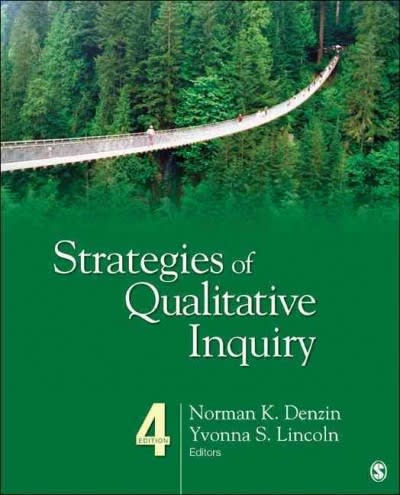Question
A 55-year-old man is admitted with an active gastrointestinal bleed. The patient is a Jehovah's Witness. He is admitted with hemoglobin/hematocrit (Hgb/Hct) on 7/21 and
A 55-year-old man is admitted with an active gastrointestinal bleed. The patient is a Jehovah's Witness. He is admitted with hemoglobin/hematocrit (Hgb/Hct) on 7/21 and is not responding to treatment. The Hgb/Hct drops slowly each day. Providers meet with the patient and his family each day to explain the diagnosis and plan of care. The patient continues to decline treatment and eventually becomes unresponsive. The family continues to respect the patient's wishes and allows palliative care until his death.
What ethical problem is represented in this case (for the provider)?
What bioethics principle is present? (for the providers)
- Identify the ethical problem presented (ethical distress type a or b, ethical dilemma, locus of authority. (2 pt)
- Ethical distress (moral distress) type A: constraint
- Ethical distress type B: uncertainty
- Ethical dilemma: two or more acceptable but mutually exclusive courses of action
- Identify an applicable bioethical principle (2 pt)
- Autonomy (exercising or respecting personal freedom)
- Beneficence (doing good)
- Non-maleficence (doing no harm)
- Justice (distributing benefits to those deserving of the benefits
Step by Step Solution
There are 3 Steps involved in it
Step: 1

Get Instant Access to Expert-Tailored Solutions
See step-by-step solutions with expert insights and AI powered tools for academic success
Step: 2

Step: 3

Ace Your Homework with AI
Get the answers you need in no time with our AI-driven, step-by-step assistance
Get Started


